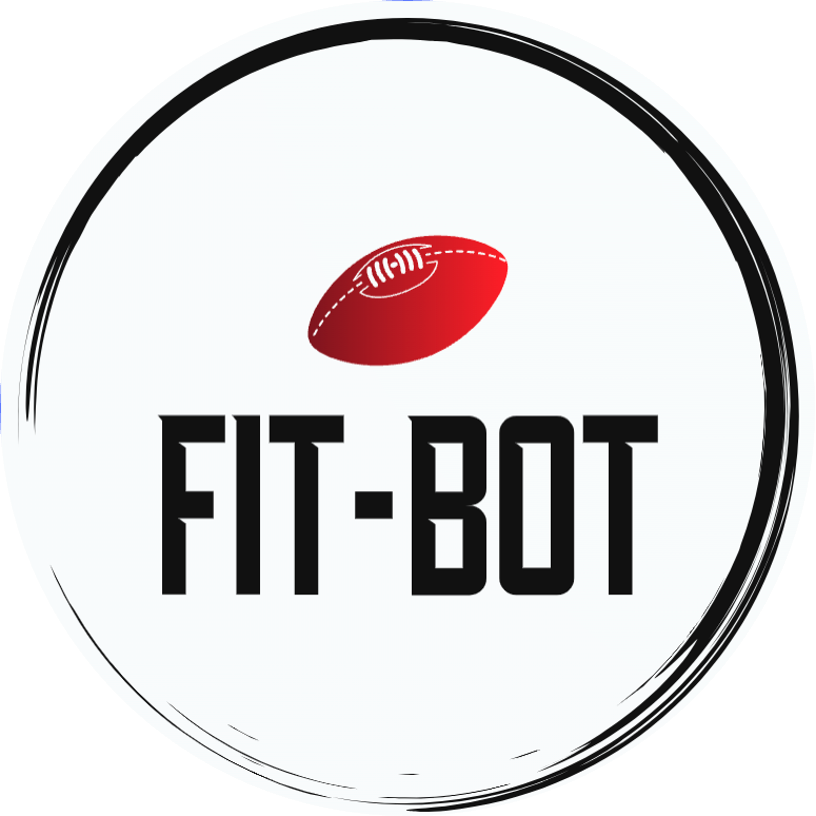“with this task, both team members collaborated equally and fairly for each person to get this assignment done and get new skills and understanding from it, whilst even having fun.”
Summary
This Digital Technologies project enables students to design their own AI chatbots using Poe.com. The concept of this project is that students are able to understand and apply the elements of Computational Thinking by designing chatbots that are limited to a specific task(s)/for a defined purpose. It also provides an excellent opportunity to teach students AI literacy including ethics and responsible use of AI.
Overview
Students are to work in Pairs taking on specific roles. They are to demonstrate knowledge of computational thinking by:
Designing a chatbot for a specific purpose or purposes
Creating prompts for the chatbot that enable it to be used effectively
Collecting relevant data to find out prompts that users will use
Testing those prompts with the collected data
Effective collaboration with their team mates, organising and displaying evidence in appropriate formats
Instructions
In assigned teams, students must work together. They must also ensure that all team members contribute at all stages and their defined roles
They need to submit a project consisting of the following components:
Prompt Portfolio: A collection of prompts they have created for their chatbot, demonstrating a range of intents and user input patterns.
Chatbot Interaction Demo: A demonstration of their chatbot responding to different prompts, illustrating the effectiveness of their prompts and the chatbot's ability to abstract the necessary information from user input.
Design Process Report: A written report detailing their design process, specifically highlighting how they utilised decomposition, pattern recognition, abstraction, and algorithm design in the creation of their prompts. It must also describe how they have collaborated as a team.
Achievement Standards
This unit and its associated assessment tasks cover these achievement standards for Year 7 Digital Technologies from the Australian Curriculum:
Define and decompose real-world problems taking into account functional requirements and economic, environmental, social, technical and usability constraints: The process of defining the problem their chatbot will solve and decomposing the broad functionality into manageable tasks addresses this standard.
Design algorithms represented diagrammatically and in English, and trace algorithms to predict output for a given input and to identify errors: The design phase of the chatbot involves creating algorithms for its functioning. Students will learn to represent these algorithms both diagrammatically and in English. They'll also trace these algorithms to predict chatbot responses and identify potential errors.
Implement and modify programs with user interfaces involving branching, iteration and functions in a general-purpose programming language: As students build their chatbots, they'll implement and modify their programs, creating user interfaces and employing key programming concepts such as branching, iteration, and functions.
Plan and manage projects that create and communicate ideas and information collaboratively online, taking safety and social contexts into account: The project-based nature of this unit requires students to plan, manage, and collaborate on their projects. They will need to ensure their chatbot and its interactions are safe and appropriate within a social context.
The report writing and presentation components of the assessment task allow students to articulate their understanding and application of these achievement standards, providing an opportunity to reflect on their learning process.
An example of the Fit-Bot chatbot created in Poe.com can be seen here.
Scroll down to see full examples of two Year 7 students’ work for this project at Scotch College, Adelaide.
Possible adaptions & variations
This project could be modified to include data collection and testing as part of the Digital Technologies curriculum. It could also be easily used with Year 8, 9 and 10. Likewise, the Design Process Report could be removed or replaced and a different piece of work assigned to have students design chatbots for another discipline, eg Science or Physical Education.
The Design Process Report does not need to be written and it could be argued that in a written form, there is bigger risk of plagiarism via a chatbot. However, the application in the context of explaining these concepts in respect of their own chatbot design limits this.



